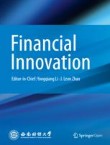Feature selection with annealing for forecasting financial time series
Stock market and cryptocurrency forecasting is very important to investors as they aspire to achieve even the slightest improvement to their buy-or-hold strategies so that they may increase profitability. Howe...
